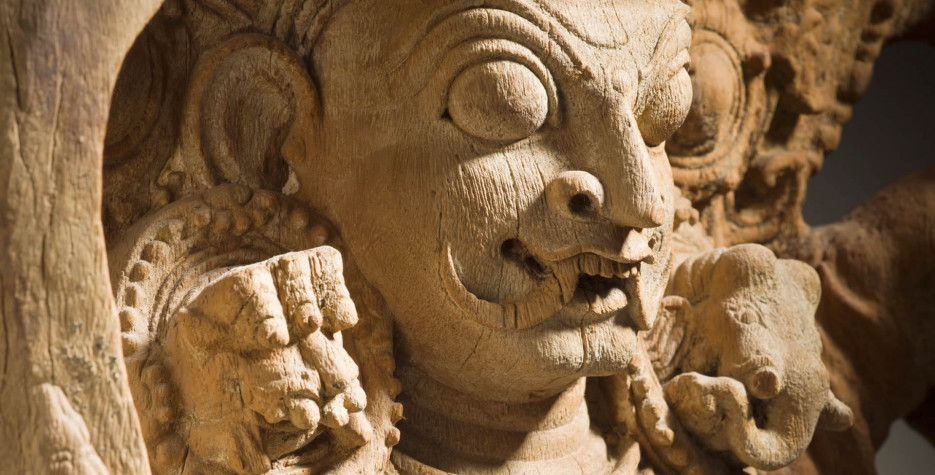When is Kali Puja?
Kali Puja is a regional public holiday observed in several Indian states on the new moon in the month of Kartik.
Also known as Dipanwita Kali Puja, Shyama Puja or Mahanisha Puja, this is a Hindu festival dedicated to the goddess Kali.
History of Kali Puja
According to one version of the legend, after the gods lost a battle with the demons, Goddess Kali was born from the forehead of Goddess Durga.
Kali is said to be the personification of Shakti (female power), which she wielded to kill all the demons and save the earth. The killing increased her blood lust, which took hold and she started killing anyone she felt had done a wrong. She was only stopped when Lord Shiva intervened and lay down in front of her. In art, Kali is often depicted with her tongue hanging out, depicting the moment when she realised she had stood on Lord Shiva and her rage subsided.
Kali Puja is celebrated to seek the help of the goddess in destroying evil and get her blessings for general happiness, health, wealth, and peace.
The puja rituals of Kali Puja take place at night. Devotees perform the puja using red hibiscus flowers as it is said to be her favourite. Fish is one of the most important items that is offered to her along with rice, lentils and sweets.
The date of Kali Puja falls on the same day as Diwali, so while most of India worships the goddess Lakshmi on Diwali; Bengalis, Odias, Assamese and Maithils worship goddess Kali.
Despite the ancient source of the legend, the festival of Kali Puja only grew in popularity in the 18th century. It was popularised in Bengal by King Krishnachandra of Navadvipa, becoming a key festival in the 19th century.
Nowadays, along with Durga Puja which takes place a few weeks earlier, Kali Puja is the biggest festival in Bengal and Assam.


